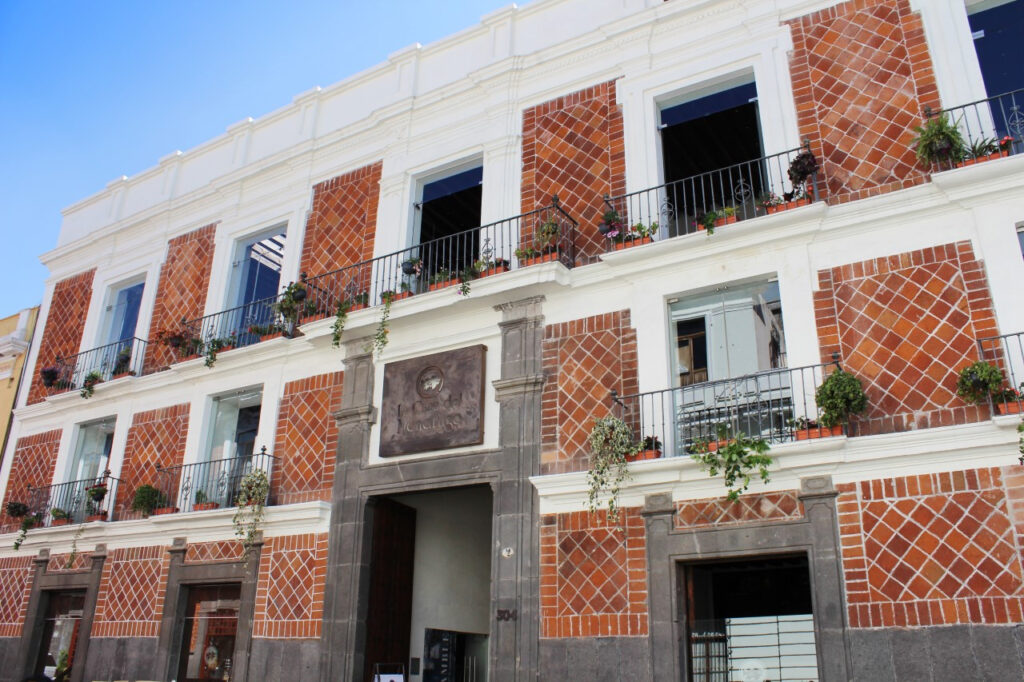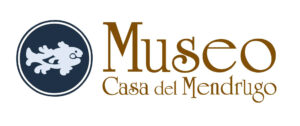For many ancient civilizations, Death was not the end of life, but the closure of a cycle on Earth and the gate to the afterlife. From that, they initiated funeral rituals to prepare the deceased for their journey into the land of the dead, a mythical geography full of dangers and trials which concluded with some kind of glory or immortality. For this transition, the deceased were provided with adequate grave goods. Let’s get into the mortuary worlds of Egyptians, Olmecs and Zapotecs. Three different visions of the afterlife, linked by the same quest: a triumph over death
Egypt was a gift from the Nile. Each year the river overflowed leaving in its banks a fertile mud which brought the fields back to life. Likewise the sun, after its death in the west, the land of the dead revives each day with a new dawn. The annual cycle of the Nile and the sun’s daily journey became the symbols of life, death and rebirth.
In Mesoamerica, the corn’s cycle signified the death and resurrection of Centeotl, the seed buried in the ground and then resurrects as a plant. Thus Xipe Totec “the skinned” symbolizes nature’s rebirth, the earth’s new attire when the corn starts to sprout.
In Egypt, the funeral ritual was a preparation for the Occidental region, the underworld or Duat. There, the soul was judged with the weight of the heart reaching the state of imakhu or “venerable”, someone who will join Ra’s entourage and live forever in the paradise of Aaru or the Field of Reeds.
The Egyptians embalmed the corpse, they recited some magic formulas and made rituals with the mummy, then made a funeral procession, and finally, after putting the sarcophagus in the tomb, they celebrated a funerary banquet as a tribute to the deceased. Afterwards, the funerary priests guarded the tomb and the deceased’s eternal rest.
In Mesoamerica, the gods were the ones who chose their people and took the dead to their realms. For this reason, there are different destinations for the dead to go. Those who were struck by lightning or drowned went to Tlalocan, the God of Rain’s paradise. Those who fell during a war and the women died in labor, escorted the God of Sun. The suckling children who didn’t get to live much longer returned to the tree of milk, guarded by Tezcatlipoca.
The Mictlan or “Land of the dead” is the place where everyone who had a natural death goes; to get there you have to make a long and difficult journey through nine regions.
EGYPTIANS – The funeral ritual started with the mummification of the body which lasted 70 days. Afterwards, a funerary procession formed by offerings holders, musicians, mourners, priests and relatives, escorted the sled with the sarcophagus. On the tomb’s gate, a ritual named “mouth’s opening” was made, with the purpose of waking up the dead’s senses for the afterlife, so they could talk and eat for all eternity.
ZAPOTECS – Among the Zapotecs, the funeral ritual was made almost immediately after someone’s death. On this funeral rite, the family asked a priest to offer a turkey to the Underworld God to help the deceased in their transition to the afterlife, then the body was put in the pit in which they were buried along with their objects and lastly the tomb was sealed.
EGYPTIANS – the Egyptians preserved the corpse starting with the mummification; in order to do that, they cleaned up the body with perfumes and balsams, then extracted the vital organs which were placed in special containers (canopic jars). The body was dried with a salt named natron for forty days and then bandaged with long linen strips.
ZAPOTECS: for the Zapotecs the most important thing was the preservation of the bones, in order to do so when someone died, they were cleaned and dressed with their best clothing, in some cases they were wrapped in petates (sleeping mat) and they were placed in the tomb where cinnabar was scattered over the corpse, this red mineral helped to preserve the bones. As a veneration to those with higher status, the bones, with no more flesh, were cleaned and carved with the most relevant events of the deceased.
EGYPT: The beginning of the manifested world started when the first hill of vital waters (Nun). Their burials tried to emulate this hill, where life emerged. That’s how the first graves (mastabas) and pyramids appeared. The pyramid also turned into a symbol of stairs up to the North stars, the ones which never hide. In the New Kingdom, the tombs of pharaohs, nobles and queens were built at the side of the great Occidental mountain, symbol of the gate to the afterlife.
ZAPOTECS – The tombs were meant to return the dead back to earth. That’s why they were subterranean spaces and close to the residential areas. There were also found burial caves, which for them were the entrance to the underworld.
EGYPTIANS: The objects found in the tombs formed the grave goods and consisted of things of everyday use belonging to the person when they were alive: combs, carriages, sandals, make-up, containers, chests, furniture, games, musical instruments, jewels and clothes. All of this was to be used in the afterlife.
Along with the sarcophagus, there were other sacred and ceremonial objects: Ushabtis, amulet and protective gods, offerings, papyrus with prayers, chest with the remains of the embalming and the canopic jars which contained the mummified viscera.
ZAPOTECS – Among the Zapotecs there were also two kinds of objects: first, the ones related to food consumption, and, on the other hand, those with a ceremonial purpose, which included pots, censers, incense holders, figurines and whistles.
EGYPTIANS: The Egyptian underworld was especially linked with two gods: first, there was Anubis with the head of a jackal, who walked with the deceased souls through their journey, whereas the second god was Osiris, Lord of the Underworld, who had a mummified representation and judged the dead in the afterlife.
ZAPOTECS: Among the Zapotecs, the lord and master of the underworld was Pitao Pezelao (thirteen monkey) god of the death, who was represented with a skull and was related with bats and owls; these last one was considered his messengers. Next to him was the goddess Xonaxi Quecuya (Eleven Death), who also was in charge of reaping the souls of those who died in her presence.
EGYPTIANS: From their world view, after dying, the souls were leaded by Anubis to the underworld, where they confronted several trials and doorsteps protected by dangerous creatures, who were ward off by the recitation during the funerary rites and the formulas written in papyrus or in the sarcophagus. Afterwards, they went into a hall where the deceased’s heart, symbol of their intentions and actions, was weighed in contrast with the feather of Goddess Maat, who represented justice and order. If the heart weighed less than the feather, the soul was led to Osiris where he was welcomed to live in the afterlife.
ZAPOTECS – The Zapotecs believed that after dying, the souls with the help of a dog, had to cross the river of life; on the way, they confronted several trials until they’d been before the god Pitao Pezelao in the place named Yoo ya bila.
EGYPTIANS: In Egypt, there was a festivity called The Beautiful Festival of the Valley in which the sacred boats of the Gods Amon-Ra and his wife, Mut, visited the kings’ funerary temples and the Theban Necropolis. The population of Thebas used this occasion as an opportunity to visit the tombs of their relatives and make banquets and ceremonies. In every Egypt’s necropolis, once a year the families celebrated rituals in the tombs’ chapels in memory of their ancestors.
ZAPOTECS: Among the Zapotecs, the festivity of the Day of the Dead consisted in the creation of altars celebrating and remembering their ancestors, these were decorated with flowers and seasonal fruit, while the houses’ entrances were also decorated. Additionally, there was food which was shared with the neighbors.


Dirección: C. 4 Sur 304 - C, Centro, 72000 Puebla, Pue.
Horarios: Lunes a sábado 09:00 a 22:00
Domingo 09:00 a 22:00
